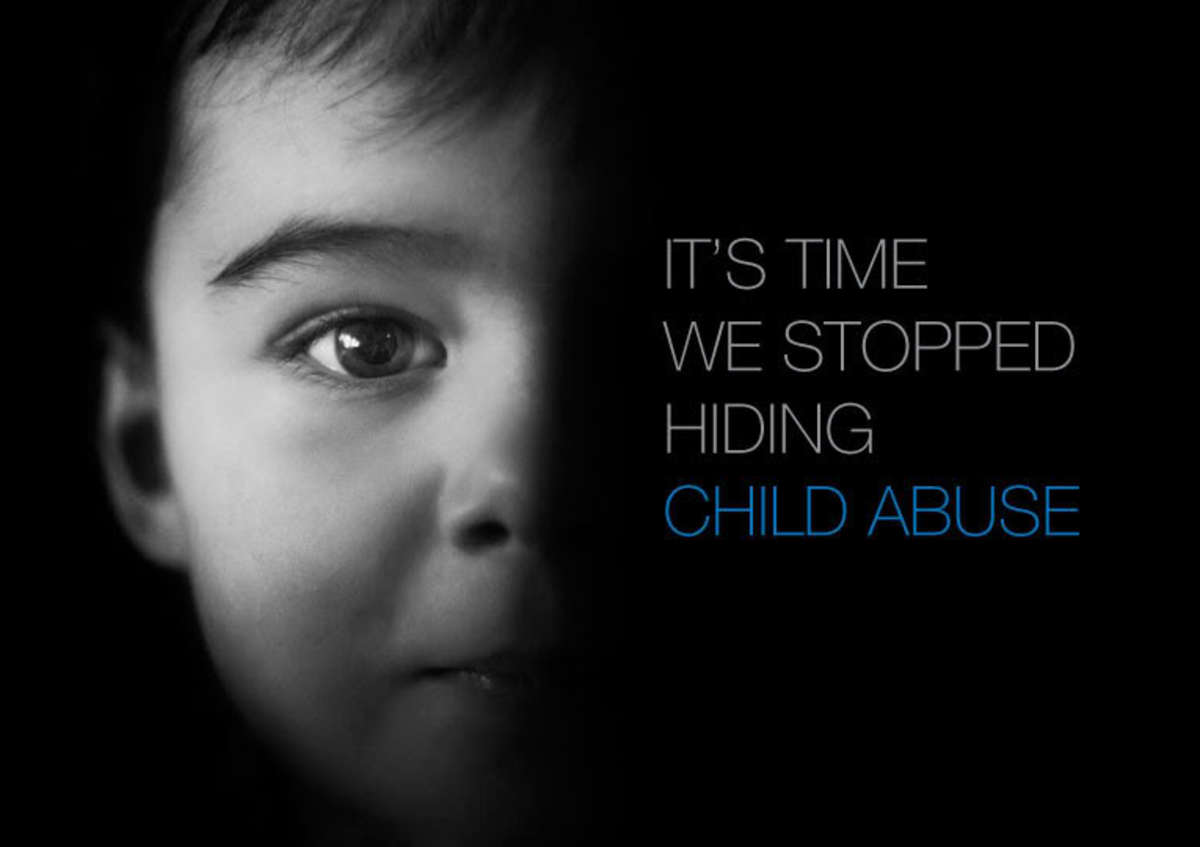Introduction to Reactive Attachment Disorder
Reactive Attachment Disorder is a mental/psychological syndrome with physical components. It is a very serious condition in which the person cannot attach to another in a healthy way. There may be no attachment (dissociative) or unhealthy and immediate attachments to anyone (indiscriminate). The result is a person who behaves in extreme ways, cannot manage friendships or relationships well, and usually has a severely damaged conscience. It all begins in infancy.
When a baby is born, there are certain nervous connections in the brain that have not yet been made. These connections depend on healthy bonding in the first two years of life to be completed in the right way. There is a normal cycle of the bonding process.
The baby has a need, and having no other way of communicating, cries. The caregiver, usually the mother, responds by feeding, changing or soothing the baby. The baby feels satisfaction and stops crying, possibly cooing and laughing to show his contentment. As this cycle is repeated, the baby learns that he will be cared for, and that this person doing the caring is trustworthy. He will begin to expect that whenever he has a need, this person will respond. This is the root of attachment. With time the baby feels valued and loved, and that the world is a safe place. The nerve connections in the brain are completed with the baby feeling relaxed and secure.
Sometimes this cycle is interrupted from time to time, but the general environment is still loving and assuring. At other times the general trend is that the environment is unstable and unpredictable.
The baby has a need and cries, but nothing happens. The baby may continue crying to the point of exhaustion, or give up. He learns that nobody takes care of him, he is not important to anyone, the world is not a safe place. He learns that if he wants his needs met he must find a way to do it himself. Self-comforting behaviors develop, compulsive finger sucking, rocking, noise-making, banging of body parts and so forth. The nerve connections in the brain are completed in such a way as to keep the baby in a constant state of "flight or fight" response, flooding the body with adrenalin all the time. This is a state of hyper-vigilance that the child will live with his whole life. The brain cannot be re-wired, as far as we know at this moment.
As this child grows, he continues to feel that he must take care of himself, and meet his own needs, or he will die. He may or may not cry when hungry or hurt, or needing a change. He will not accept the guidance or discipline of a caregiver, because he does not trust anyone to have his best interest at heart. And so the conscience does not develop normally. In protecting himself he cuts himself off from social interaction, and does not learn about normal give and take in relationships and communication. Social interaction becomes for him a game of manipulating the world and the people around him to make himself feel good. Potty training can be a nightmare, and may take years. Eating can be erratic, and food hoarding and stealing is common. A child who believes that nothing is given to him freely, and that he will never get anything good unless he gets it for himself, will be constantly getting into shampoo, cosmetics, cleaning agents, whatever he can. Since he does not trust his caregiver, usually the mother, he will not believe when she tries to teach him what is dangerous, hot, not healthy, or bad manners. He will typically indulge in many dangerous activities.
Having missed out on social interaction, he will not develop the ability to empathize. So kindness, compassion, seeing things from another person's point of view, don't develop.
The lack of conscience, empathy and trust later cause such disturbing behaviors as cruelty to animals and others, self mutilation and suicide attempts, stealing, lying, and crime. In most cases the child spends time in live-in treatment facilities. The toll on the family is great. By age 30, many are in prison or dead.
There is no cure for Reactive Attachment Disorder, no medication can control it. It is often misdiagnosed a Bi-polar disorder, or other disorders. However, with God's help, it is possible for a person with RAD to learn to cope. They can learn proper social and communication skills, learn honesty, and be able to function and succeed in society. It takes a great deal of effort on their part and others working with the person to accomplish this. They will never feel the same as "normal" people do, but they can learn to accommodate their deficiencies.
See also: What's So Hard About Raising a Child With Reactive Attachment Disorder?








